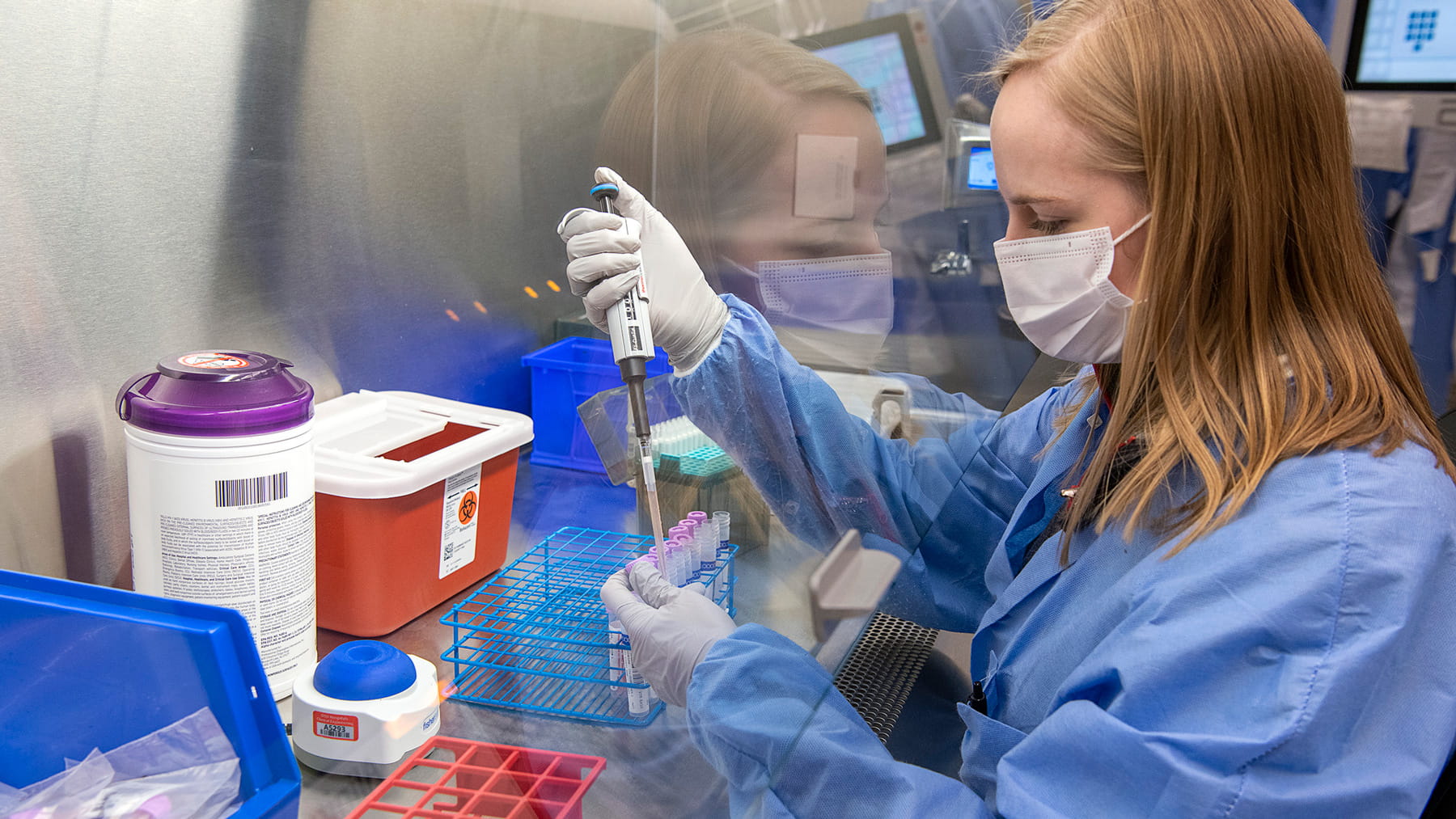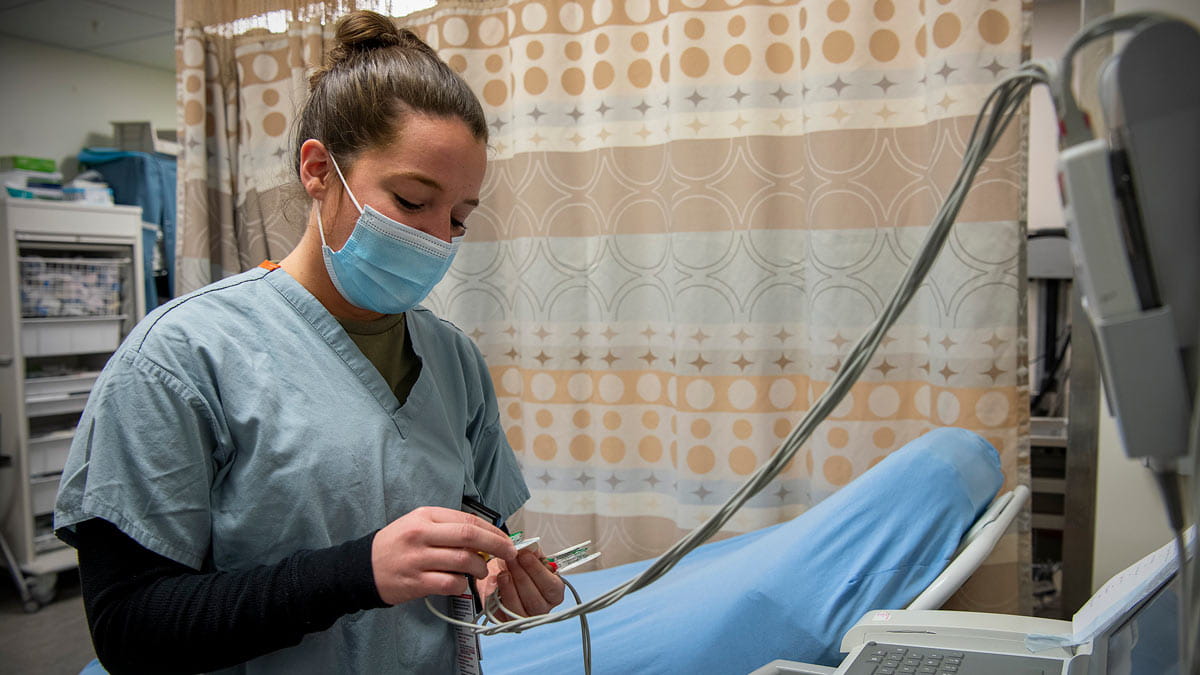How new COVID-19 variants are found

When you become sick with COVID-19, you can’t easily tell which variant or strain of the SARS-CoV-2 virus is responsible for your symptoms. But, using what’s called genomic sequencing, scientists like me in genomic laboratories can determine the virus’ specific makeup.
What is genomic sequencing?
In genomic sequencing, we take the patient sample (or specimen) from a PCR test and amplify it, which allows us to read the viral genome like a book, showing us its specific genetic makeup.
DNA molecules are made up of four bases: adenine (A), cytosine (C), guanine (G) and thymine (T). Long sequences of the letters A, C, G and T describe the unique makeup of every living thing.
RNA, which is a messenger acid in all living cells, is similarly made up of four bases: adenine (A), cytosine (C), uracil (U) and guanine (G).
The full sequence of the virus that causes COVID-19 is made up of about 30,000 of those four bases, and the letters A, C, U and G in various combinations can tell us what the virus’s unique genetic makeup is when we extract and amplify it from a PCR test specimen. We take these sequences and compare them to others in international databases to see patterns among different variants, and this helps us identify exactly what variant we’re looking at for each test sample.
Where is genomic sequencing used?
Genomic sequencing is performed all over the world using samples collected from positive PCR COVID-19 tests. At The Ohio State University Wexner Medical Center, we take every positive COVID-19 test and sequence the samples. These tests come from Ohio State patients in our facilities, from other medical centers that use Ohio State testing stations and from our community testing stations.
How quickly can new COVID-19 variants be identified?
Since the omicron variant was first identified worldwide, the Ohio State Wexner Medical Center increased its turnaround time on genomic sequencing so that we could more quickly recognize when a new variant enters our region. So far, we’ve identified the omicron variant in two central Ohioans, and we discovered both within four days of testing those people.
How frequently is omicron showing up?
So far, we’ve seen just two samples of the omicron variant out of more than 1,000 tests performed since the omicron discovery. More than 99% of the positive PCR COVID-19 test samples we’re seeing are still the delta variant.
How long does it take for a variant to become dominant after it’s been discovered?
Whether a variant becomes the most common source of COVID-19 and how fast that happens both depend on how transmissible that variant is and several other factors, such as the status of community spread in a region and the vaccination rate of that community.
The delta variant took about six to eight weeks to become the dominant variant after it was first identified in our area. We have reason to expect that the omicron variant will become the dominant variant and that it might happen on a shorter timeline.
One thing about genomic sequencing in any community is that we can only identify the variant in the samples we have in our labs. In any community, there are tests taken at home, at various retail pharmacies or at other facilities that don’t send samples to a genomic sequencing lab. These positive COVID-19 tests could be caused by a new variant, but we don’t know unless we’re able to sequence the viral genome.
Sara Koenig is director of COVID-19 advanced technologies and an assistant professor of physiology and cell biology at The Ohio State University College of Medicine.




